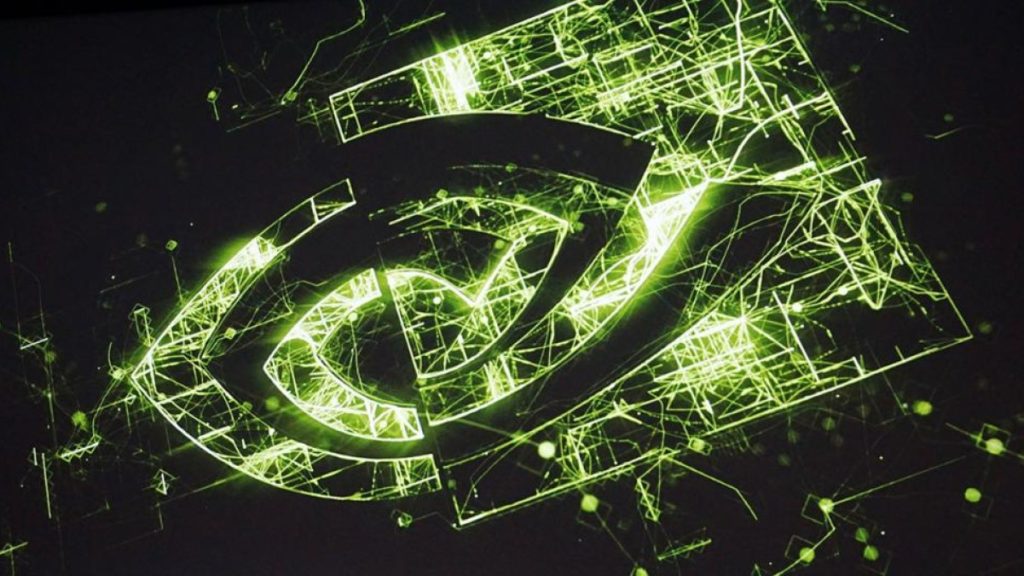
NVIDIA CEO Jensen Huang made a trip to TSMC headquarters in Taiwan, where it was confirmed that its Blackwell successor was in early testing. While Blackwell was more of a refresh for ADA, Rubin appears to be a completely new platform. According to Digitimes, the unannounced trip is to discuss production for Rubin, which has been said to have had multiple designs already prepared with new dies entering the early fab qualification process.
According to other reports (via TechPowerUp), Rubin will utilize TSMC’s N3P 3nm process, along with HBM4, which succeeds the custom 4NP node TSMC provided for Blackwell, along with GDDR7 memory. Rubin will reportedly introduce a chiplet design, finally breaking away from the monolithic approach that NVIDIA has used for decades. From consumer to enterprise, Rubin is said to bring a multitude of new technological upgrades aimed at increasing AI projects, such as AI token factories, a scaled-up NVLink switch, along with a silicon photonics processor for increased throughput on rack-based systems.
SUPER before Rubin
Those hoping to see Rubin in action have some time to wait as it is not expected to be introduced until sometime in 2026, with Rubin Ultra following in 2027, and even then, these will likely be enterprise solutions, not consumer GPUs. It’s already been rumored that, as far as consumer GPUs are concerned, the next round of “SUPER” GPUs (1, 2), essentially a Blackwell refresh, could arrive around the holidays or perhaps in early 2026 if announced at CES 2026. The latter seems a bit more probable given that a similar strategy occurred for the ADA “SUPER” series in January 2024.
Another pattern rumored to repeat is the absence of another flagship GPU. There was no RTX 4090 Ti/SUPER, and at the moment, it doesn’t appear that NVIDIA is planning to launch an RTX 5090 Ti/SUPER either. Once again, the model to get the most upgrades could be the RTX 5070 with its “SUPER” version, having more cores and memory. However, both the RTX 5070 Ti and RTX 5080 could be getting more memory and possibly higher clocks that might offer nominal performance upticks.
